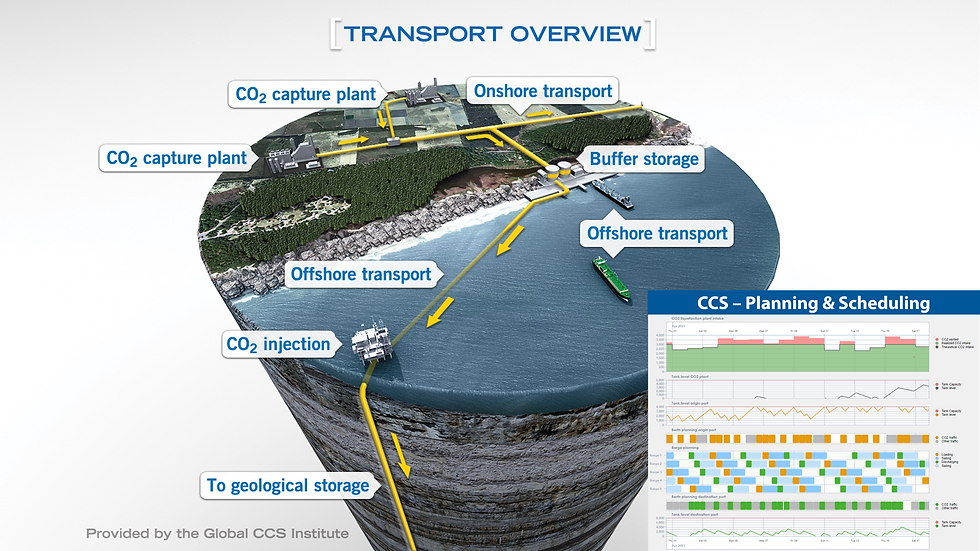Excel-lerate your planning with Scenario Navigator
- Systems Navigator
- Dec 22, 2022
- 4 min read
Updated: Dec 23, 2022
Moving from home-grown Excel models to custom web-based planning, using Scenario Navigator
Excel and planning
Microsoft’s Excel is, because of its flexibility, one of the most used software programs in business for many years. The spreadsheet is widely used for all kinds of planning applications in areas such as asset management, demand & capacity planning, transport & logistics, production & scheduling, as well as workforce & training. Excel is so flexible that it can be used for almost all areas, but for nearly in those applications Excel is not the best tool to use.
Excel models get out of hand
Companies or individuals that start with Excel models often see major improvements at first. Collecting and storing operational data, analyzing this information and reporting/visualizing the findings brings a lot of insights and potential performance gains. Excel seems to be a great and easy tool to start, but as the requirements evolve and become more demanding, multiple issues start to surface.
These are some practical reasons why you may (have) outgrow(n) your current Excel models.
Lack of maintainability; over time the Excel model evolves into a highly customized application, often developed by one single individual. Maintaining it and further development becomes increasingly difficult and can often only be done by the same individual who started its development and is also (one of) the main user(s)
Excel model is slow; increased usage & number of users automatically is combined with more functionality requirements and an increasing amount of stored data. Managing master data in Excel is cumbersome at best, and experimentation by users often leads to data repetition. Slowly, the Excel model gets out of hand
Fixed time buckets; planning with time buckets is a great way to start in a spreadsheet, but also leads to complex & fragile equations in terms of book-keeping the results of planned events that occur(ed) at a specific date & time. Visualizing the planned events is yet another challenge
Complex calculations; although Excel has many build-in functions for complex calculations, your planning application may require additional heuristics, algorithms, solvers or advanced simulation models to create even more accurate & optimized plans that also take risk into account. Excel is not great at managing custom code/algorithms/models
Lack of control and security; the Excel model is stored at a shared location on the network, without advanced user management & version control
Why customized, web-based planning solutions are fit for the job
Reachable from any location, at any time, by anyone; the solution is accessible via a web browser (after a 2-factor authentication). Multi-users can login at the same time and setting user rights allows execution of specific tasks by individual accounts. This means that planners can work together at any time, wherever they are located
Customized user experience; workflows (via customized dashboards), automatic data validation and visualizing vital information helps any (new) user to quickly create a new plan & evaluate it before deciding to release it to operations
Designed for flexibility; fully flexible data structures result in tooling that is a business enabler as it can accommodate any changes in your business such as new products, customers, contracts, resources, factories, regulations, routes, etc.
Live data sources; a web-based platform allows for live connections with multiple data sources from both within the company as well as outside
Scenario Navigator web-based planning environment replaces, and improves, Excel spreadsheets
Scenario Navigator is an example of a web-based planning environment. The front-end is fully customizable, while keeping the fundamental benefits of web-based tooling in the back end. It has all the main Excel features, such as pivoting, filtering, formulas and conditional formatting.
Moving from descriptive to predictive and prescriptive analysis
Excel based applications let businesses see what has already happened (descriptive). Scenario Navigator uses advanced models such as forecasting, data mining and simulation to show the user what is going to happen (predictive) and on top of that, optimization and smart algorithms can tell the user what he should do (prescriptive) to create the best plan possible for the near future.
About Scenario Navigator

Scenario Navigator enables advanced planning & decision support in terms of capacity, demand & logistics taking all systems constraints into account by using advanced computer models. Scenario Navigator supports the interaction and execution of all kinds of simulation, machine learning, forecasting & optimization models. Scenario Navigator’s web-based user portal interface includes custom dashboards for reports, data analytics, results visualization & scenario management. The Scenario Navigator database is used for model population & storage; historic information on volumes, processing times, failures as well as management of scenario data & model results.

Looking for more information about Scenario Navigator as your web-based planning application?
Systems Navigator is an independent software consultancy firm with headquarters in Delft, The Netherlands. We are a global leader in advanced decision support technology. Since 2003, our team is working around the globe for a wide range of customers on the most challenging projects.
Do you have questions about the article, planning, scheduling or simulation? Do you want to schedule a demonstration? We are here for you! Please contact our office at +31 (0) 15 750 1030, email us or visit the website at www.systemsnavigator.com/scenario-navigator.



Comments